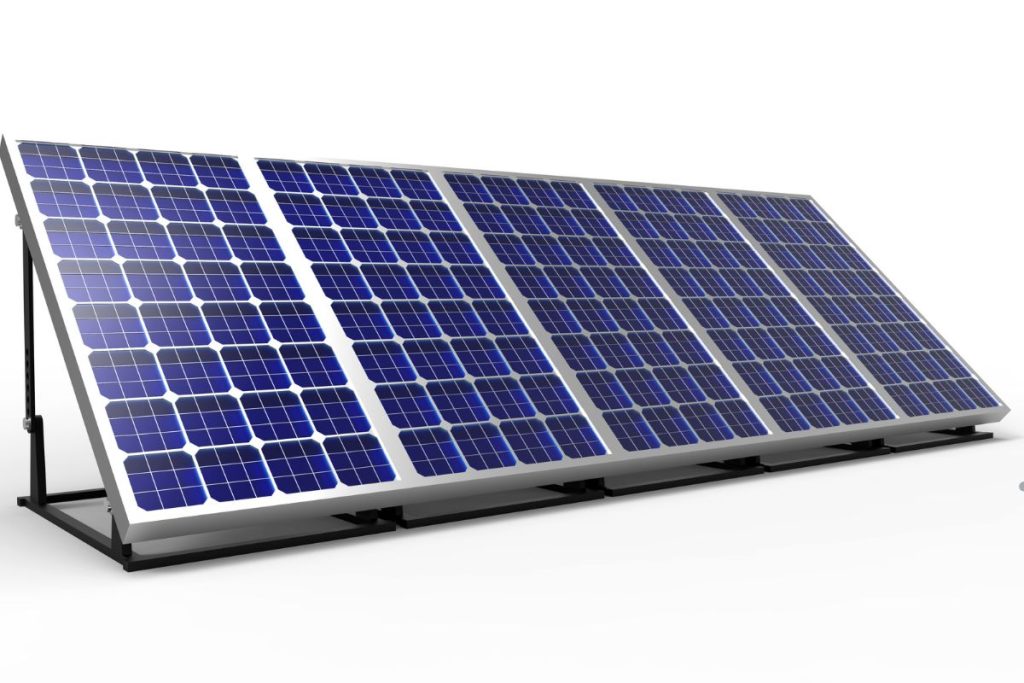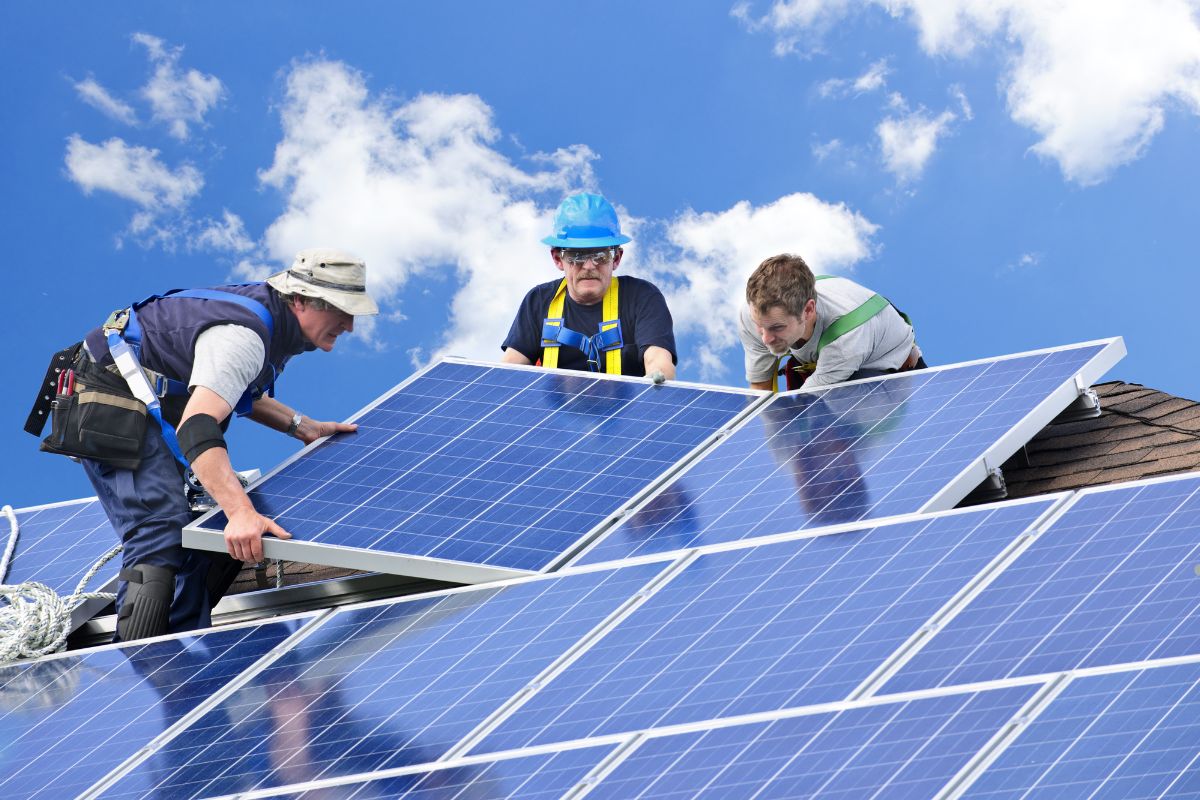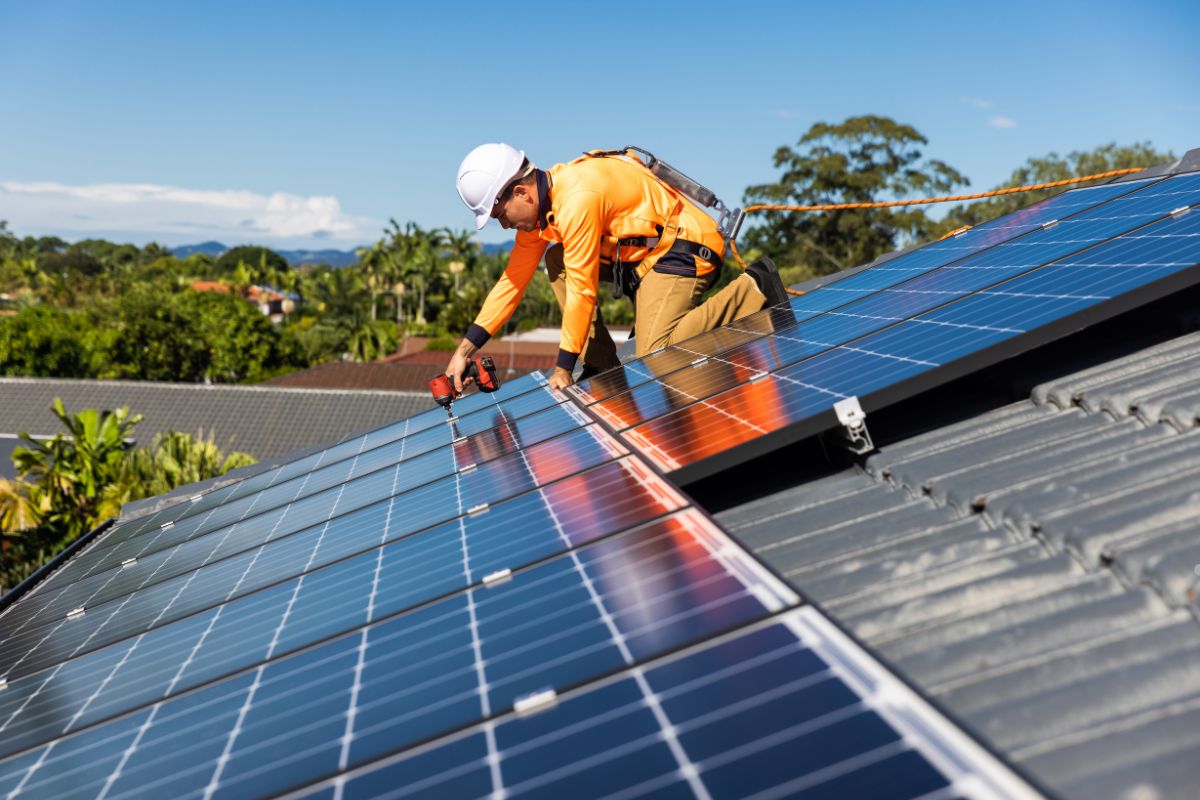
For Seattle homeowners eager to embrace renewable energy, solar panels are an increasingly attractive option. However, a crucial question to address upfront is: “Is my roof even suitable for solar?” The simple answer is no, not all roofs are. This guide will walk you through the roof types, materials, conditions, and other factors that can make your roof a poor candidate for solar panel installation, helping you make informed decisions.
The Solar Dream vs. Roof Reality in Seattle
Seattle is known for its commitment to sustainability, and solar energy is a big part of that. Many residents are drawn to the idea of generating their own clean energy and reducing their carbon footprint, aided by Seattle solar incentives. However, the reality is that successful solar panel installation depends heavily on the characteristics of your roof. Simply wanting solar doesn’t guarantee your roof is ready for it. Certain roof types, materials, age, and even the amount of shade your roof receives can all be significant barriers.
Problematic Roofing Materials for Solar Panels
Certain roofing materials present major challenges for solar panel installation, either due to their fragility, difficulty of attachment, or potential health hazards. Here are some of the most problematic:
- Wood Shakes: While charming, wood shake roofs are inherently uneven, making it difficult to securely mount solar panels. They are also prone to rotting and splitting, meaning they might not last the lifespan of your solar panels (typically 25-30 years). If you have a wood shake roof, you’ll likely need to replace it before going solar.
- Slate Roofing: Slate is beautiful and durable, but incredibly brittle and expensive to repair. Drilling into slate to install solar panels is risky and can lead to cracked or broken tiles. The cost of working with slate often outweighs the benefits of solar in the short term.
- Clay Tiles: Similar to slate, clay tiles are fragile and prone to breakage during installation. Their curved shape also makes it difficult to achieve a flush, secure mounting surface for solar panels.
- Built-Up Roofing (BUR): Common on commercial buildings but sometimes found on residential flat roofs, BUR is made of layers of asphalt and roofing felt. It can be difficult to attach racking systems to BUR effectively, and the material itself may degrade over time, compromising the panel’s stability.
- Roofs with Asbestos: If your Seattle home was built before the 1980s, there’s a chance your roof contains asbestos. Disturbing asbestos-containing materials is extremely dangerous and requires professional remediation. Solar panel installation on an asbestos roof is generally not recommended without abatement. Always consult with a qualified asbestos removal company.
Explore our services for expert roofing solutions, including solar-ready installations, repairs, and maintenance tailored to your home’s needs.
Is Your Roof Solar-Ready? The Importance of Inspection

Even if your roof isn’t made of one of the problematic materials listed above, its overall condition is crucial. A thorough inspection is essential before you invest in solar panels. Here’s what to consider:
- Age and Wear: How old is your roof? If it’s approaching the end of its expected lifespan, it’s wise to replace it before installing solar panels. You don’t want to have to remove and reinstall your panels in a few years when your old roof needs replacing!
- Structural Integrity: Can your roof handle the additional weight of solar panels? An inspection can reveal hidden structural weaknesses, such as rotted rafters or sagging sheathing. Solar panels add significant weight, especially when covered in snow a common occurrence in Seattle.
- Existing Damage: Look for any existing damage, such as leaks, missing shingles, or soft spots. Addressing these issues before installing solar panels will prevent future problems and ensure the panels are securely mounted. A small leak now can become a major issue after installation. Make sure to fix all these issues by contacting local expert roofing contractors in Seattle.
Orientation & Shading: Limiting Solar Potential
Beyond the physical characteristics of your roof, its orientation and the amount of shading it receives are critical factors in determining how much electricity your solar panels will generate.
- North-Facing Roofs: In the northern hemisphere, south-facing roofs receive the most direct sunlight throughout the year. North-facing roofs receive very little direct sunlight, making them a poor choice for solar panel installation. The energy production will be significantly lower, making the investment less worthwhile.
- Excessive Shading: Shade from trees, nearby buildings, or even chimneys can dramatically reduce the output of your solar panels. Even partial shading can significantly impact performance. A proper solar site assessment will determine the amount of sunlight your roof receives throughout the year, accounting for seasonal changes.
Need reliable roofing services? Whether it’s repairs, replacements, or new installations, we’ve got you covered! Quality workmanship at affordable rates. Call us now for a free estimate and protect your home with the best!
Complex Roof Designs: More Trouble Than They’re Worth?
The design of your roof can also present challenges for solar panel installation. While not always a deal-breaker, complex designs can increase the cost and complexity of the project.
- Flat Roofs: While seemingly straightforward, flat roofs require special racking systems to angle the solar panels for optimal sun exposure. They may also have drainage issues that need to be addressed before installation.
- Multiple Dormers and Skylights: Dormers and skylights create obstructions that limit the amount of usable roof space for solar panels. They can also create shading issues.
- Unusual Angles: Roofs with unusual angles or curves can be difficult to work with, requiring custom mounting solutions and increasing the cost of installation. The complexity may require expertise in Seattle solar installers.
The ideal roof for solar panels strikes a balance between functionality, aesthetics, and budget. Metal roofs stand out for their durability and easy installation, while asphalt shingles remain a cost-effective favorite. Tile and composite roofs offer unique aesthetics but may pose installation challenges. Factors like material, angle, and orientation—combined with expert installation—are key to maximizing energy savings and visual appeal. Learn more here.
What to Do If Your Roof Isn’t Solar-Friendly

If you’ve determined that your existing roof isn’t suitable for solar panels, don’t despair! There are still options available:
- Roof Replacement: Replacing your roof with a solar-ready material (like asphalt shingles in good condition) is often the best long-term solution. Consider a durable, light-colored roofing material that reflects sunlight and can help reduce your cooling costs.
- Ground-Mounted Solar: If you have sufficient land, a ground-mounted solar system can be a great alternative. Ground-mounted systems offer flexibility in terms of orientation and tilt angle, allowing you to maximize energy production.
- Community Solar: Consider participating in a community solar. Community solar projects allow you to benefit from solar energy without having to install panels on your own roof.
Which Roof is Not Suitable for Solar Panels? Learn about roof types, materials, and conditions that affect installation. Need expert advice? Call us now for a free consultation and find out if your roof is solar-ready!
Making Informed Solar Decisions in Seattle
Investing in solar panels is a significant decision. It’s essential to thoroughly assess your roof’s suitability before committing to the project. By understanding the factors that can make a roof unsuitable for solar, you can avoid costly mistakes and ensure that your solar investment is a success. Always consult with a qualified solar installer and a reputable roofing contractor to get a professional assessment of your roof’s condition and potential for solar panel installation.
Frequently Asked Questions about Roofs and Solar Panels
Can I install solar panels on my old roof?
It depends on the age and condition of your roof. If your roof is nearing the end of its lifespan, it’s generally best to replace it before installing solar panels to avoid the cost of removing and reinstalling the panels later.
How do I know if my roof is strong enough for solar panels?
A qualified roofing contractor or solar installer can assess the structural integrity of your roof and determine if it can support the additional weight of solar panels.
Will solar panels damage my roof?
When properly installed by a qualified professional, solar panels should not damage your roof. However, it’s important to ensure that the racking system is compatible with your roofing material and that the installation is done correctly.
Who can I contact in Seattle to inspect my roof for solar panel suitability?
You can contact local roofing contractors specializing in solar installations or solar companies that offer roof inspection services as part of their consultation process.
Protect your home with expert roofing services! From repairs to installations, we ensure durability and quality. Get a free estimate today. Contact us now. Reliable, affordable, and built to last!
